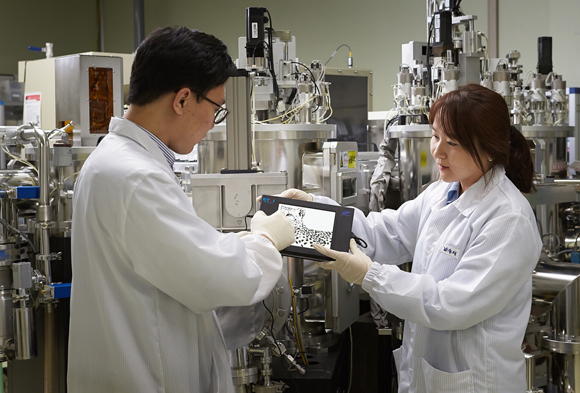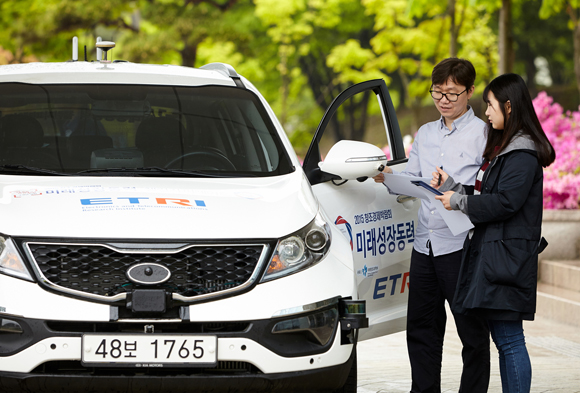
Advanced Technologies of Access Network for Traffic Capacity Enhancement
Researcher : Dr. Jinup Kim
Recent introduction of 4G LTE-A services increase traffic demands significantly to expect a 1000 times traffic growth by 2020. This traffic bigbang will change communication environments. Such enormous traffic demands will cause frequency band shortage, which could be overcome with improving spectral efficiency. Specifically, masssive connections among mobile terminals, mobile-to-mobile direct communications, small cell connectivities, and backhaul bottlenecks will be technical challenges for the traffic bigbang environments.
To meet such challenges and requirements, we have studied and acquired 4 core IPRs on mobile peer-to-peer direct communication channel modeling technologies, new radio resource utilization technologies with polorization, small cell off-loading and small-zone services, and optical backhaul enhancement.

Interactive experience-based learning software to foster creative talent
Researcher : Dr. Hyung-keun Jee
This personalized creative learning/tutoring technology is optimally customized for learners’ levels and the learning process by converging interactive 3D immersive content to allow learners to have fun, self-directed learning and experience-based content for learners’ collaboration.
3D content has become popular in a wide range of industries including learning, medicine, sports, and leisure. Interactive 3D immersive content allows concentrated and creative learning.







